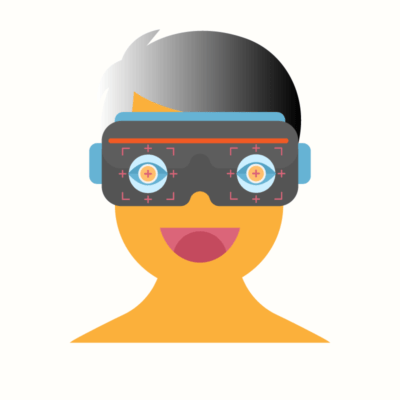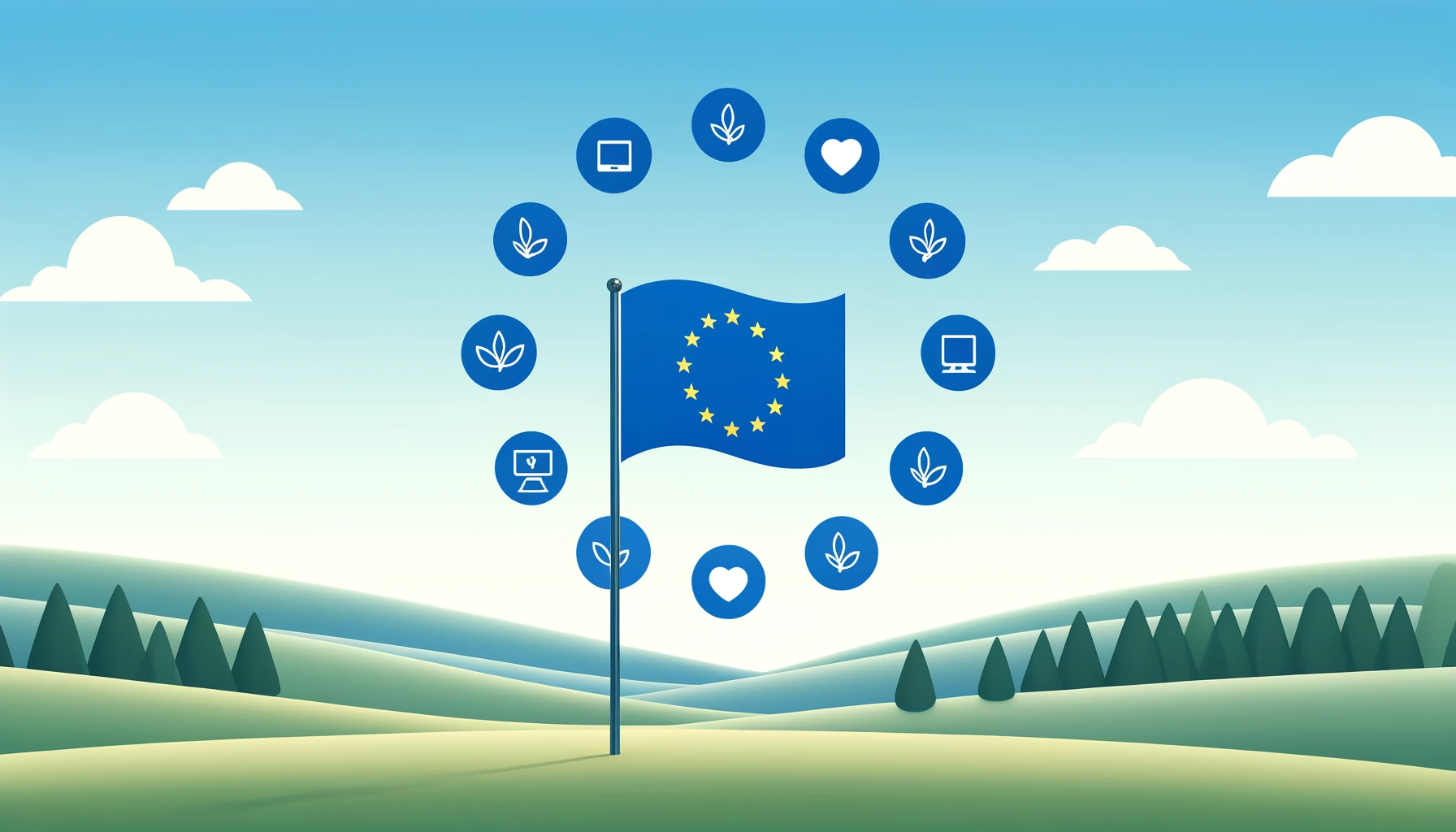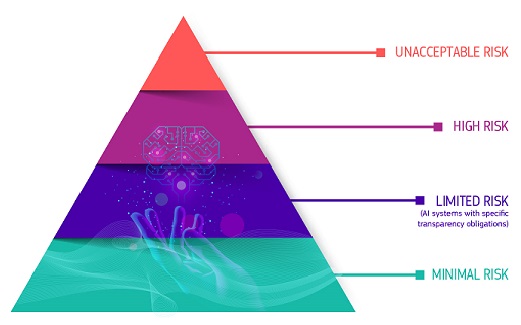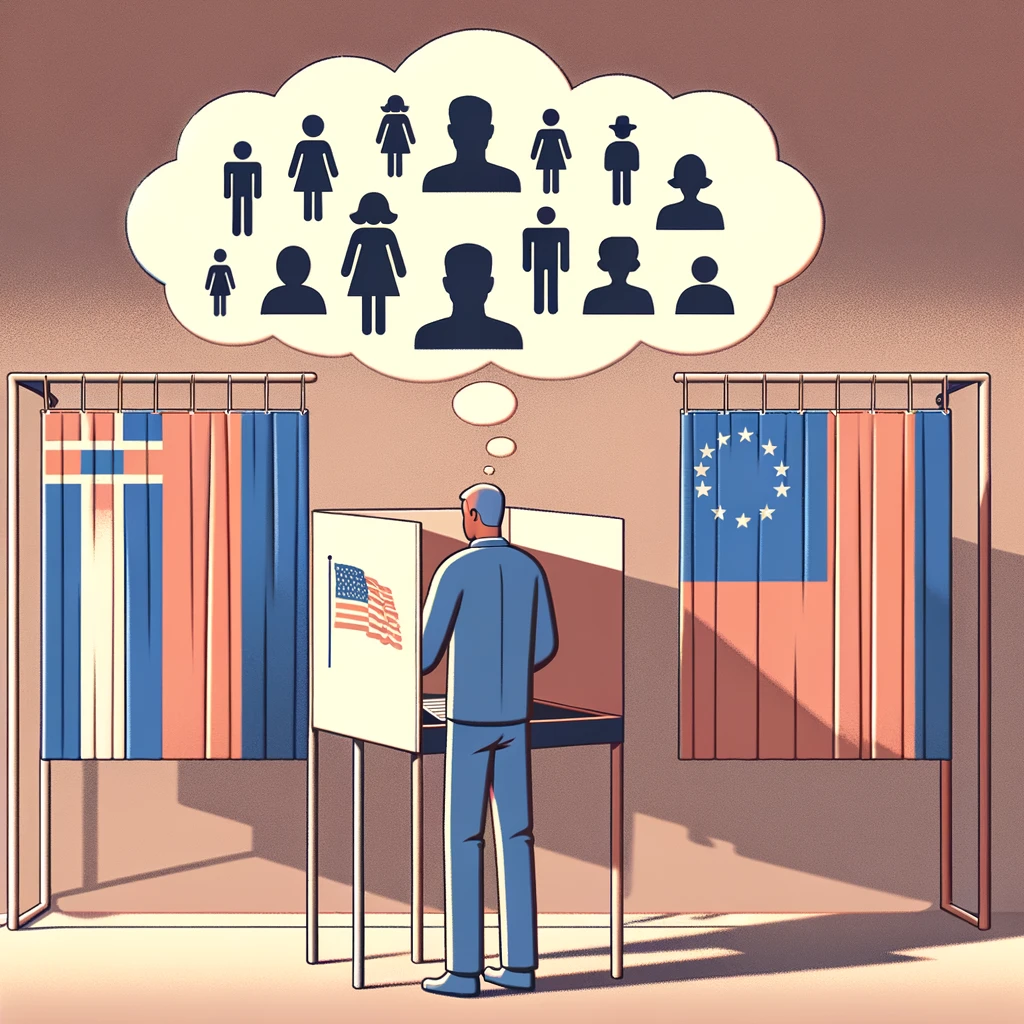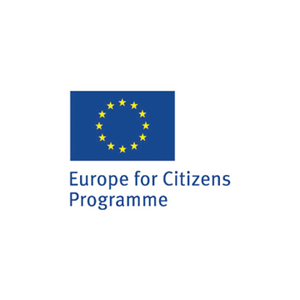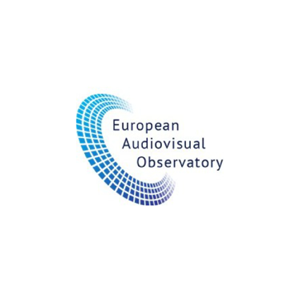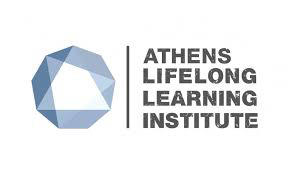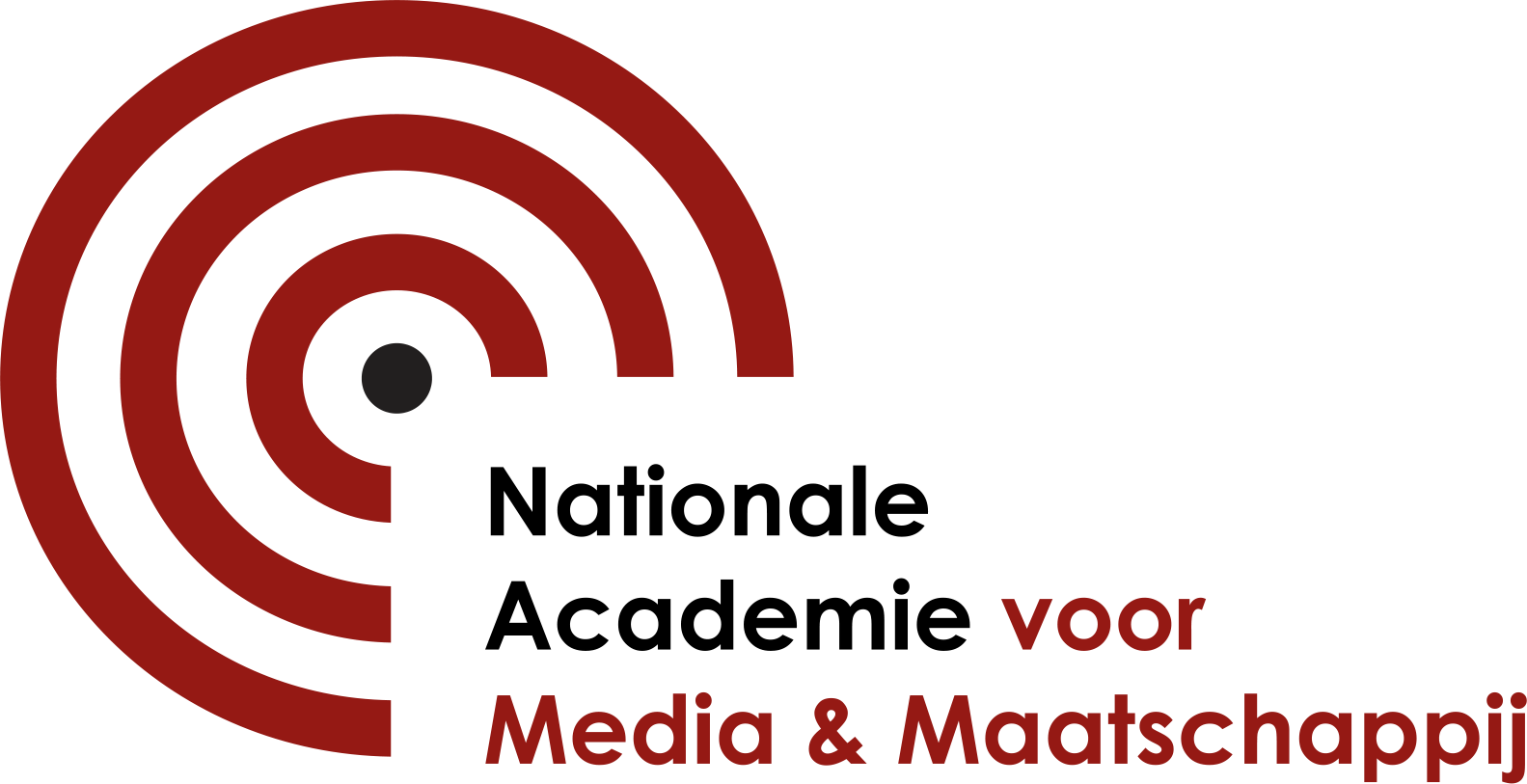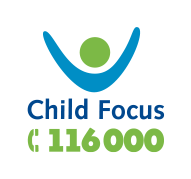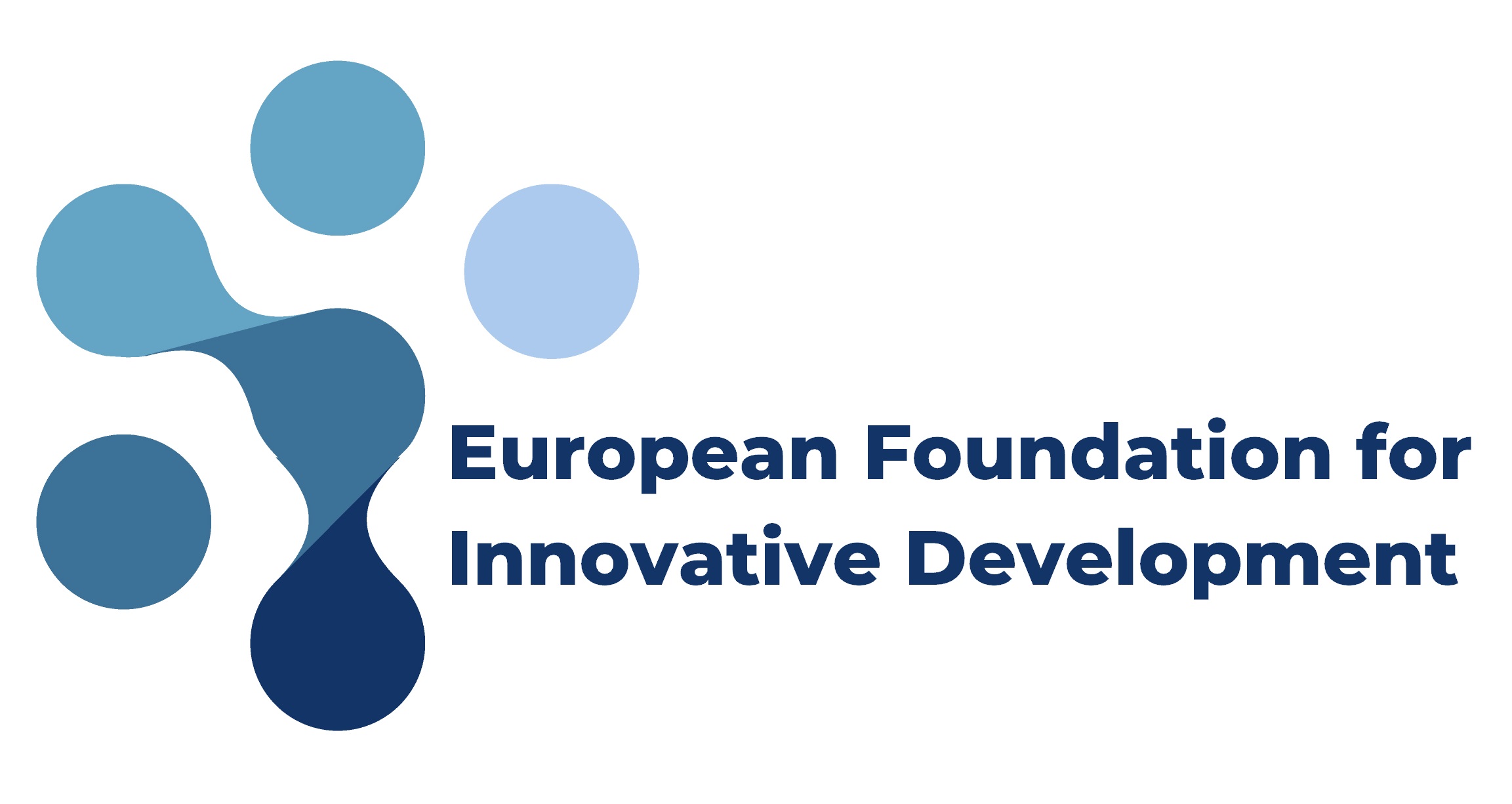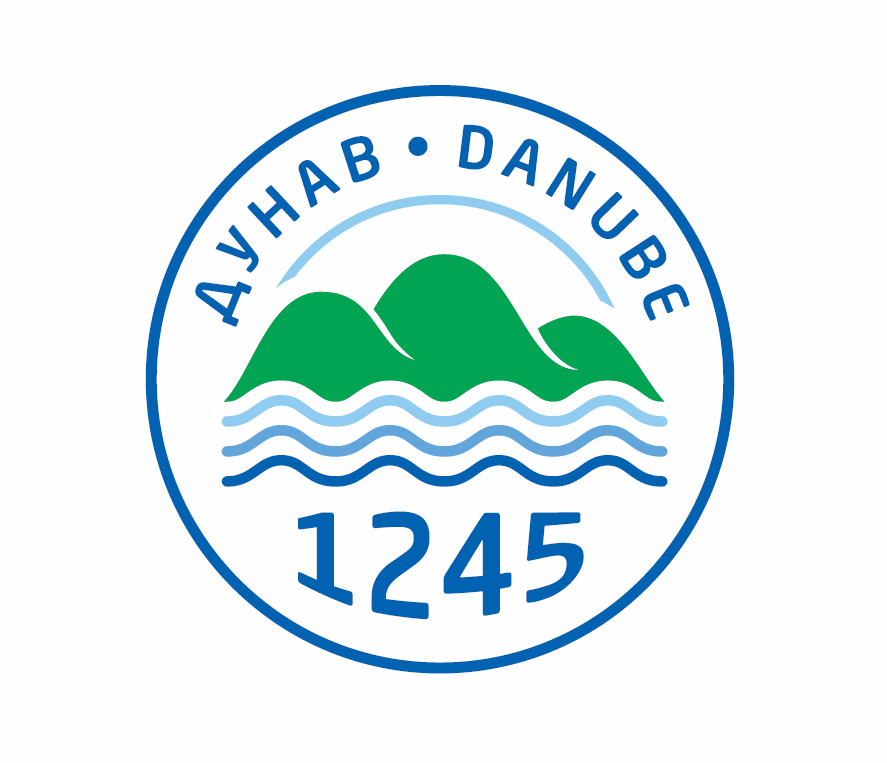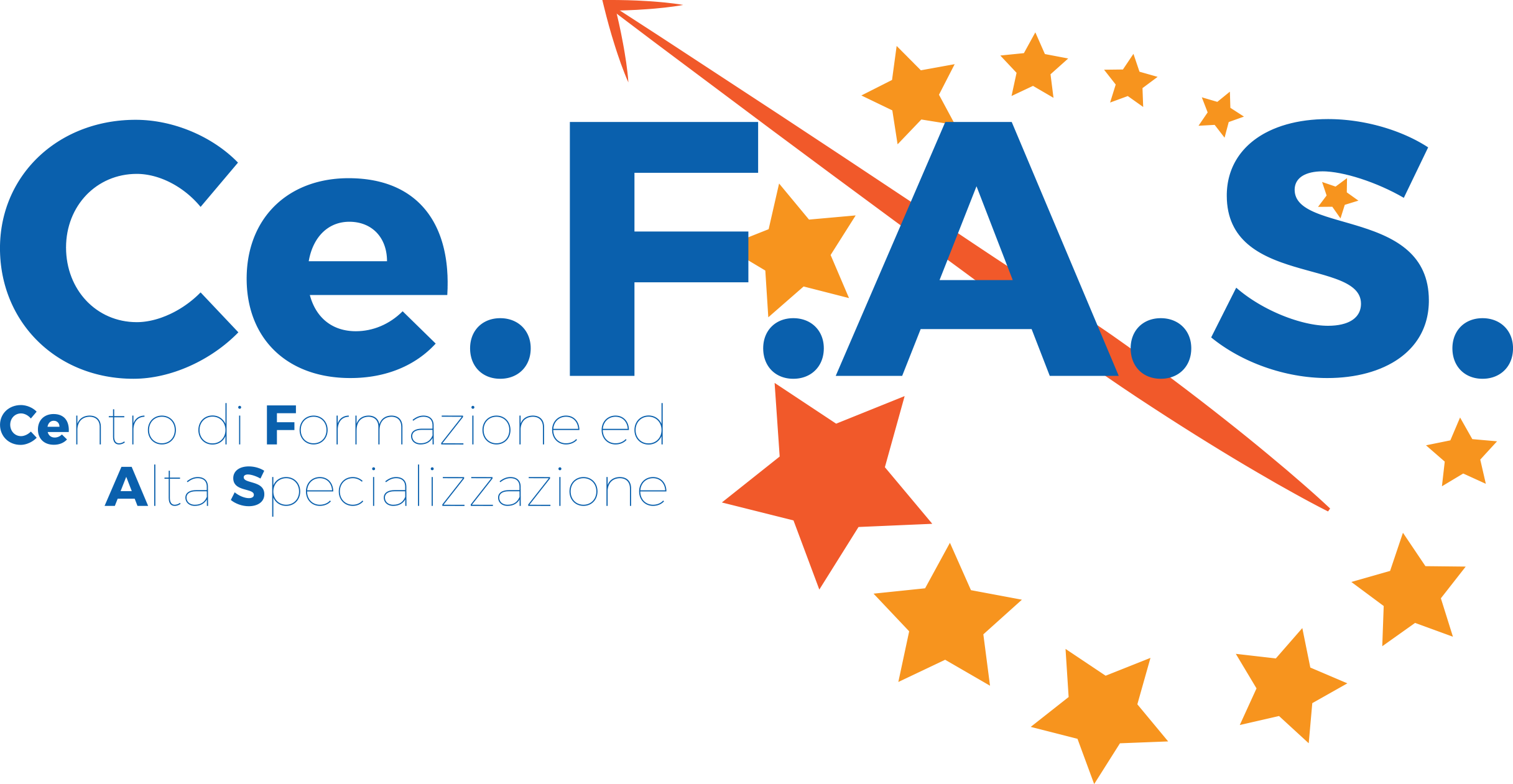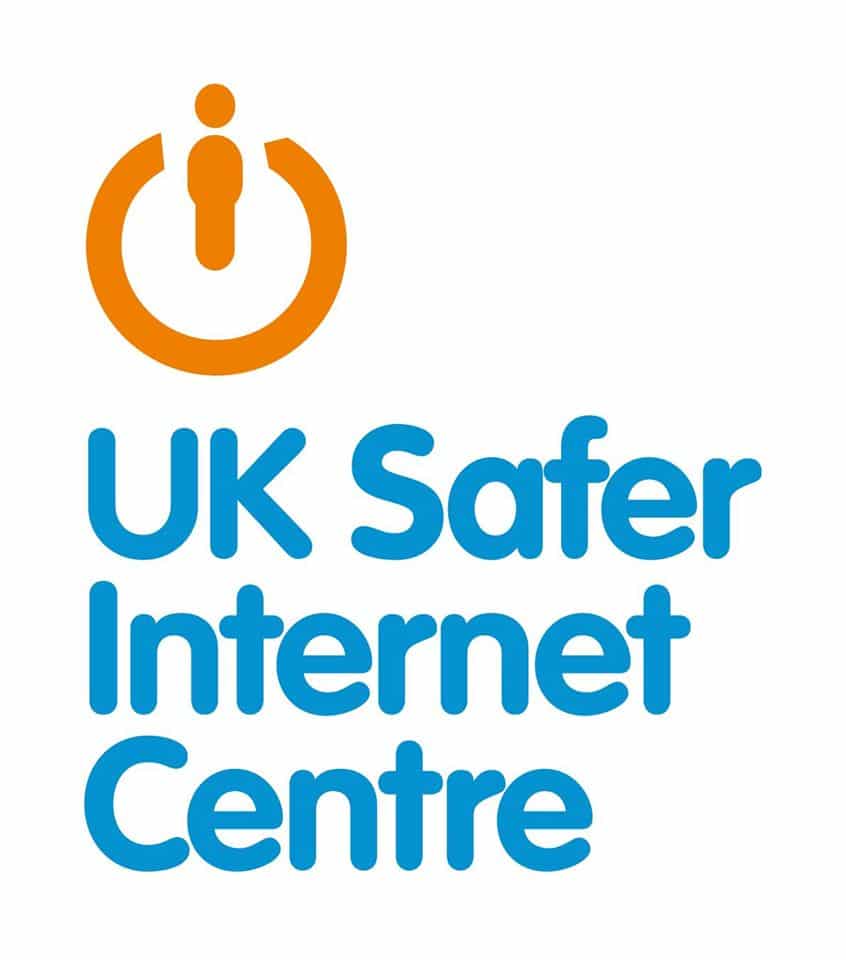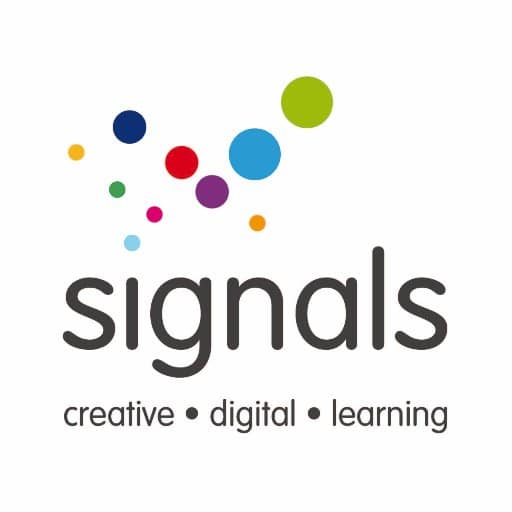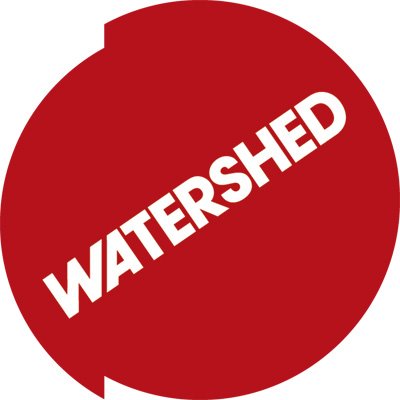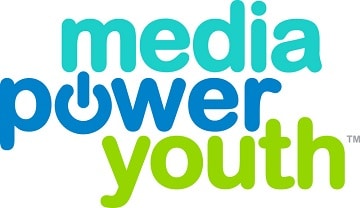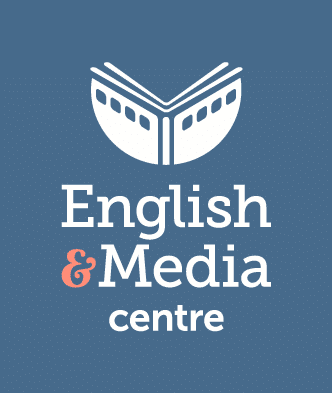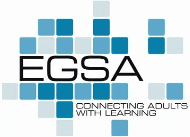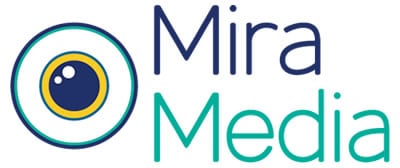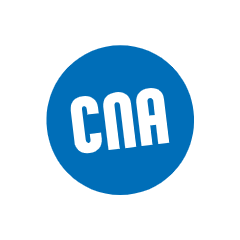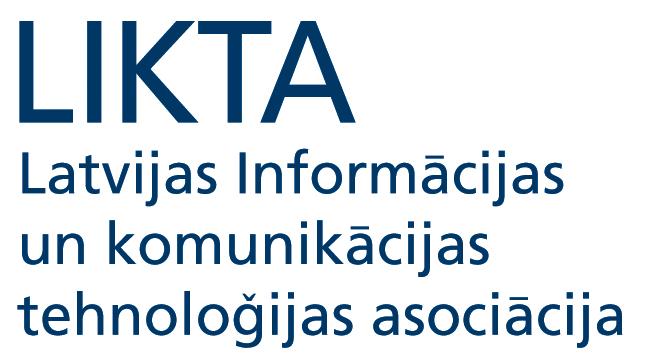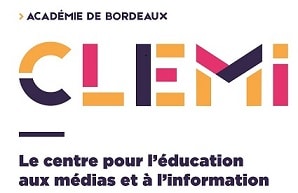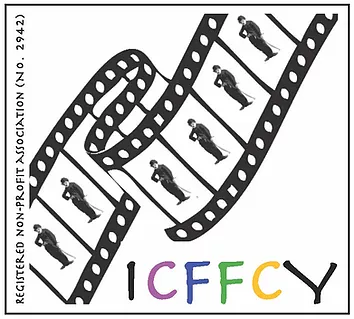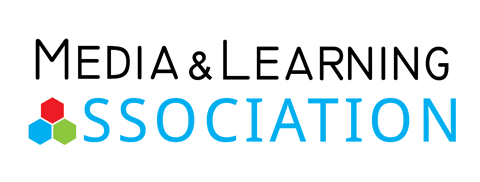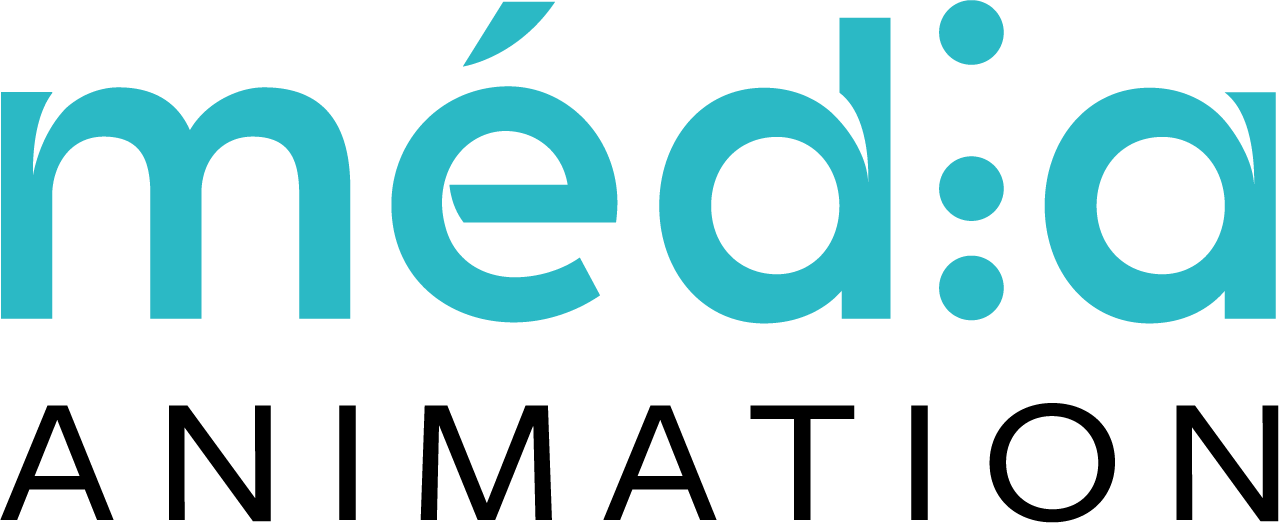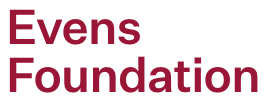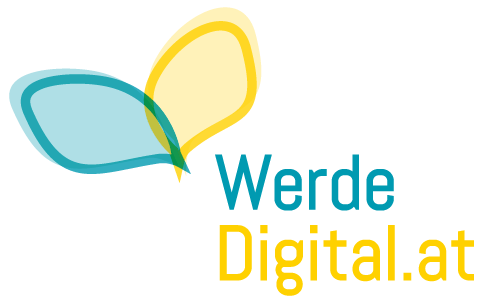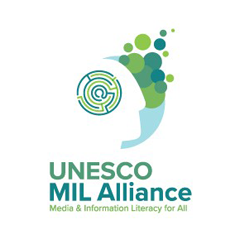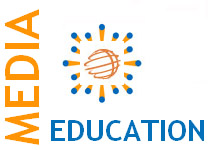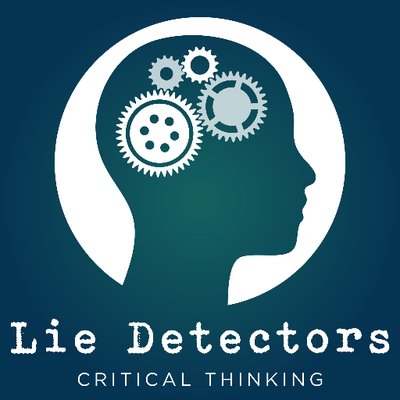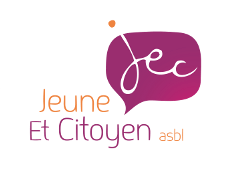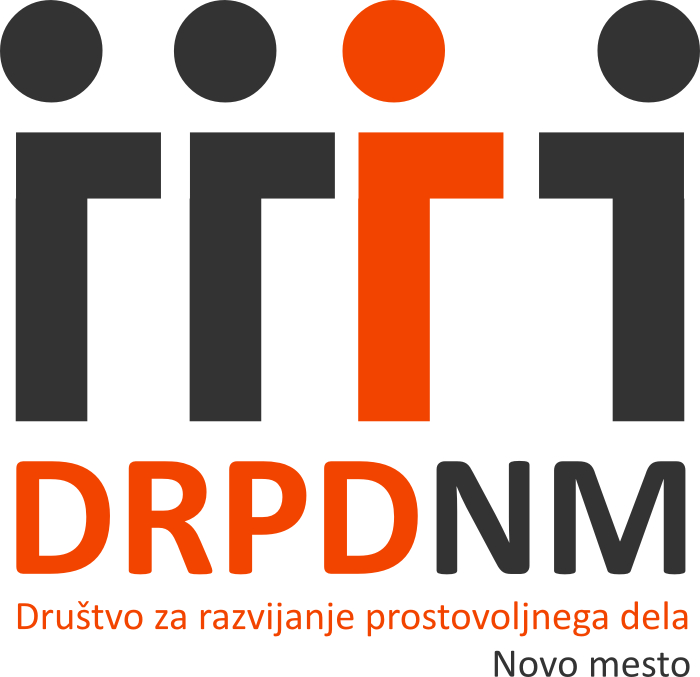When we think about information, we might assume it will come in a written or audio format. But what about the information we get from visual imagery?
Visuals have always played a crucial role in media and society – they have the ability to express many things at once. From selling products to political campaigning, visuals are a powerful tool.
Visuals come in an assortment of formats, including advertisments, cartoons, signs, videos, charts and websites. Just as with words, visuals are created, edited and manipulated for a wide variety of purposes.
The term “visual literacy” takes different meanings in different contexts, such as in education, science, graphic design, art, technology, and so on. But a basic definition of visual literacy is the ability to evaluate visual representations in terms of their strengths, weaknesses, purpose and message, as well as to use them to create and communicate knowledge, or to devise new ways of representing insights. Visual literacy is one element of the umbrella term media literacy.
In the digital world, being media literate means being aware and mindful of information in all its forms. Here are some good questions to ask us when a particular visual caught our attention.
- What is its purpose?
Is the visual you are looking at an advertising or political propaganda? By mapping and identifying the content that is in front of us, we are able to understand better what was the reaction or impact expected from us as viewers.
- What is the context of the image?
Go beyond the first impression the visual wants to show. Sometimes advertising can, ont he face of it, be about one thing, but a deeper message is hidden in the context and psychological construction.
An example of it could be adverts for alcoholic drinks. In these adverts, the act of drinking is not what is being sold – but rather the experience and lifestyle as a whole. Drinking is fun, it tells you, it is sociable, it is glamorous, it is what beautiful, successful, popular people do.
A further example might be a cropped image of a group of migrants, all young and male, presented as part of a right wing political campaign. Look at the purpose of the image – is it to show a fair representation of migrants, or rather is it intended to feed a warped perception to achieve other political ends?
- Who is the author/creator of the visual?
This is the basis for a better understanding all kind of content we face, both online and offline. Everything that has ever been published carries with it the bias of the author, whether overtly presented or not.
By achieving a greater understanding of the political, social and cultural background of the author, or the editorial leaning of the magazine we are reading, we will be better able to understand and critically evaluate the content.
- What is the frame?
Especially true when talking about newspapers and political issues. We should pay close attention to the text next to the image or photograph. Do not assume that that message is a window to reality.
A good exercise is to question what is represented and how, and infer what has been excluded and why.
- Is this visual faithful to reality?
This a relevant question, for young people who are bombarded with images on a daily basis with unrealistic beauty stereotypes and expectations on social media, such as Instagram and for older generations who might have been brought up in an era before photoshop, when responsible journalism accompanying images could be assumed, and therefore believe what they are shown without it occurring to them that the image could have been manipulated.
Always be aware that software and apps be used to manipulate images, as well, lighting, angles and physical context.
Finally, attention is key when is about being visual/media literate. Pay attention to what you are being shown, critically evaluate it, reflect on it and we are more likely to respond appropriately to it – whether by dismissing it, believing it or reacting to it. Only through critical thinking can we empower ourselves to understand what visual or written content is looking to persuade us to believe, buy or do.
When we think about information, we might assume it will come in a written or audio format. But what about the information we get from visual imagery?
Visuals have always played a crucial role in media and society – they have the ability to express many things at once. From selling products to political campaigning, visuals are a powerful tool.
Visuals come in an assortment of formats, including advertisments, cartoons, signs, videos, charts and websites. Just as with words, visuals are created, edited and manipulated for a wide variety of purposes.
The term “visual literacy” takes different meanings in different contexts, such as in education, science, graphic design, art, technology, and so on. But a basic definition of visual literacy is the ability to evaluate visual representations in terms of their strengths, weaknesses, purpose and message, as well as to use them to create and communicate knowledge, or to devise new ways of representing insights. Visual literacy is one element of the umbrella term media literacy.
In the digital world, being media literate means being aware and mindful of information in all its forms. Here are some good questions to ask us when a particular visual caught our attention.
- What is its purpose?
Is the visual you are looking at an advertising or political propaganda? By mapping and identifying the content that is in front of us, we are able to understand better what was the reaction or impact expected from us as viewers.
- What is the context of the image?
Go beyond the first impression the visual wants to show. Sometimes advertising can, ont he face of it, be about one thing, but a deeper message is hidden in the context and psychological construction.
An example of it could be adverts for alcoholic drinks. In these adverts, the act of drinking is not what is being sold – but rather the experience and lifestyle as a whole. Drinking is fun, it tells you, it is sociable, it is glamorous, it is what beautiful, successful, popular people do.
A further example might be a cropped image of a group of migrants, all young and male, presented as part of a right wing political campaign. Look at the purpose of the image – is it to show a fair representation of migrants, or rather is it intended to feed a warped perception to achieve other political ends?
- Who is the author/creator of the visual?
This is the basis for a better understanding all kind of content we face, both online and offline. Everything that has ever been published carries with it the bias of the author, whether overtly presented or not.
By achieving a greater understanding of the political, social and cultural background of the author, or the editorial leaning of the magazine we are reading, we will be better able to understand and critically evaluate the content.
- What is the frame?
Especially true when talking about newspapers and political issues. We should pay close attention to the text next to the image or photograph. Do not assume that that message is a window to reality.
A good exercise is to question what is represented and how, and infer what has been excluded and why.
- Is this visual faithful to reality?
This a relevant question, for young people who are bombarded with images on a daily basis with unrealistic beauty stereotypes and expectations on social media, such as Instagram and for older generations who might have been brought up in an era before photoshop, when responsible journalism accompanying images could be assumed, and therefore believe what they are shown without it occurring to them that the image could have been manipulated.
Always be aware that software and apps be used to manipulate images, as well, lighting, angles and physical context.
Finally, attention is key when is about being visual/media literate. Pay attention to what you are being shown, critically evaluate it, reflect on it and we are more likely to respond appropriately to it – whether by dismissing it, believing it or reacting to it. Only through critical thinking can we empower ourselves to understand what visual or written content is looking to persuade us to believe, buy or do.
When we think about information, we might assume it will come in a written or audio format. But what about the information we get from visual imagery?
Visuals have always played a crucial role in media and society – they have the ability to express many things at once. From selling products to political campaigning, visuals are a powerful tool.
Visuals come in an assortment of formats, including advertisments, cartoons, signs, videos, charts and websites. Just as with words, visuals are created, edited and manipulated for a wide variety of purposes.
The term “visual literacy” takes different meanings in different contexts, such as in education, science, graphic design, art, technology, and so on. But a basic definition of visual literacy is the ability to evaluate visual representations in terms of their strengths, weaknesses, purpose and message, as well as to use them to create and communicate knowledge, or to devise new ways of representing insights. Visual literacy is one element of the umbrella term media literacy.
In the digital world, being media literate means being aware and mindful of information in all its forms. Here are some good questions to ask us when a particular visual caught our attention.
- What is its purpose?
Is the visual you are looking at an advertising or political propaganda? By mapping and identifying the content that is in front of us, we are able to understand better what was the reaction or impact expected from us as viewers.
- What is the context of the image?
Go beyond the first impression the visual wants to show. Sometimes advertising can, ont he face of it, be about one thing, but a deeper message is hidden in the context and psychological construction.
An example of it could be adverts for alcoholic drinks. In these adverts, the act of drinking is not what is being sold – but rather the experience and lifestyle as a whole. Drinking is fun, it tells you, it is sociable, it is glamorous, it is what beautiful, successful, popular people do.
A further example might be a cropped image of a group of migrants, all young and male, presented as part of a right wing political campaign. Look at the purpose of the image – is it to show a fair representation of migrants, or rather is it intended to feed a warped perception to achieve other political ends?
- Who is the author/creator of the visual?
This is the basis for a better understanding all kind of content we face, both online and offline. Everything that has ever been published carries with it the bias of the author, whether overtly presented or not.
By achieving a greater understanding of the political, social and cultural background of the author, or the editorial leaning of the magazine we are reading, we will be better able to understand and critically evaluate the content.
- What is the frame?
Especially true when talking about newspapers and political issues. We should pay close attention to the text next to the image or photograph. Do not assume that that message is a window to reality.
A good exercise is to question what is represented and how, and infer what has been excluded and why.
- Is this visual faithful to reality?
This a relevant question, for young people who are bombarded with images on a daily basis with unrealistic beauty stereotypes and expectations on social media, such as Instagram and for older generations who might have been brought up in an era before photoshop, when responsible journalism accompanying images could be assumed, and therefore believe what they are shown without it occurring to them that the image could have been manipulated.
Always be aware that software and apps be used to manipulate images, as well, lighting, angles and physical context.
Finally, attention is key when is about being visual/media literate. Pay attention to what you are being shown, critically evaluate it, reflect on it and we are more likely to respond appropriately to it – whether by dismissing it, believing it or reacting to it. Only through critical thinking can we empower ourselves to understand what visual or written content is looking to persuade us to believe, buy or do.

